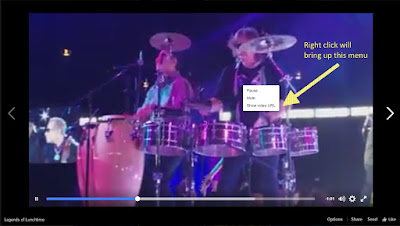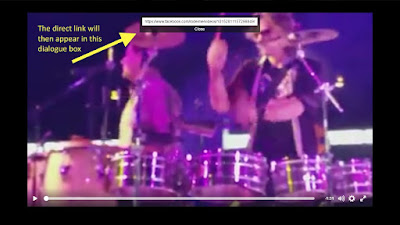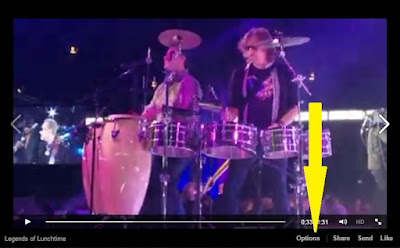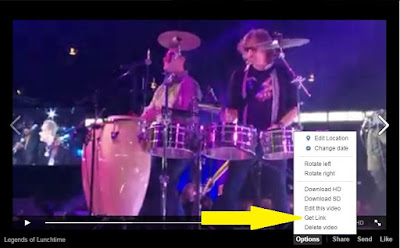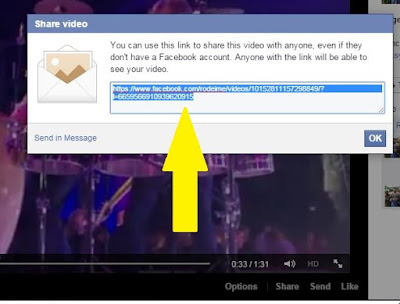The 'Belle Effect' is an age-old syndrome already rife across all our media platforms. When will we learn?
Australia’s Federal Court in Melbourne has handed down a verdict following an investigation by Consumer Affairs Victoria (CAV) which determined that the blogger and self-proclaimed cancer survivor, Belle Gibson, had misrepresented herself and made fraudulent claims.
In a landmark case that should get the attention of all social media gurus and ‘influencers’, it highlights the vulnerability of the public in getting their news and advice from so-called experts via unverified social media sources ie #fakenews. A glaring case of ‘people believe what they want to believe’, fueled by a popular media hungry for sensation and a complete lack of fact-checking in their rush jump on the bandwagon.
Young, blonde and vivacious, Ms Gibson seduced not only the public, but also the media and publishing industry with her story of self-curing brain cancer with diet and alternative therapies.
Even when exposed, 60 minutes saw a way to keep the gravy train rolling
She was frequently seen on TV chat shows and obtained a book deal with Penguin who also copped a $30,000 fine for being part of the “unconscionable sequence of events”, although we hope this error was unwitting. The book, ‘The Whole Pantry’ has since been removed from shelves. All this gleefully gobbled up despite the fact that Ms Gibson refused to show any proof of her diagnosis for cancers she claimed to have in her blood, spleen, uterus and liver by a German magnetic therapist who she consistently declined to name. In the end, it was former friends who blew the whistle on Gibson, not any decent journalist or investigator.
What do you think it was about your Instagram posts that attracted so many followers? "Authenticity and integrity. It really is that simple. There’s not enough honesty out there." — The Whole Pantry, Belle Gibson
Whether it's the likes of Peter Foster and his amazing herbal tea, 'Dr' David Kaye and his Sydney Trauma Clinic or the perennial 'snake oil salesman', the 'Catch Me If You Can' fraudster seems to be a permanent part of our landscape that now extends to social media.
 |
| Con artists have been around forever. Social media gives them a new global platform. |
“It should be no surprise that these (falsehoods) have adapted for the times and can now be found in a variety of TV shows, apps and websites peddled by a cacophony of wellness bloggers (who strain both credulity and grammar), lifestyle gurus or outlier doctors,“ wrote SMH columnist Amy Gray, “The surprise is that we still fall for them."
PAUL BARRY: ...what’s remarkable about Belle’s remarkable story is that no one who swallowed it apparently bothered to check it was true. Not the publishers at Penguin. Nor the chaps at Apple. Nor a parade of media admirers at The Sunday Telegraph, News.com.au, Cosmopolitan, Australian Women’s Health, Marie Claire, Elle and Channel Seven’s Sunrise, among others.— ABC, Media Watch, 16 March, 2015
As the many thousands of dollars rolled in, the glamorous huckster promised to make donations to various cancer causes, specifically one to assist the family of young Joshua Schwarz, a boy with an inoperable brain tumour who she said mirrored her own experience. She failed in all these promises, donating a paltry $10,000.
In handing down the fine, Federal Court Judge Debbie Mortimer said, "If there is one theme or pattern which emerges through her conduct, it is her relentless obsession with herself and what best serves her interests."
 |
| We swallowed it 'whole'. Every last morsel of bullshit. |
Ms Gibson refused to appear in court for any of the hearings and has never issued any sort of apology.
While there may not be many on the scale of Ms Gibson’s scandal, social media is rife with biased opinions paid for by PR-hungry brands looking to muscle in on media attention, social or otherwise. Nevertheless, many small-time ‘influencers’ in the travel, lifestyle and fashion space are having a similar effect on the opinions of the public, hopefully without such potentially disastrous consequences.
Pleased with the fine and ruling, Victorian Minister for Consumer Affairs, Marlene Kairouz said Ms Gibson “... knew exactly what she was doing and thankfully there aren't many people out there like Belle Gibson."
Or are there?
Sources include ABC News


